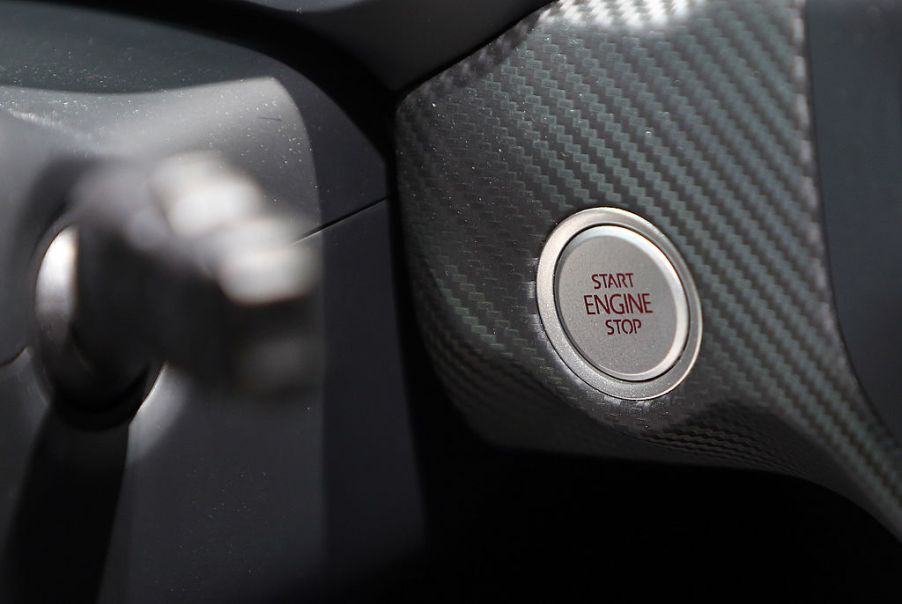
Drivers Can’t Decide If a Common Fuel-Saving Technology is Worth the Annoyance
If you haven’t been in the market for a new car or truck recently, it’s possible you have missed a big change in how automobile manufacturers are addressing the fuel economy and emissions problem. In addition to SUVs boasting greater fuel economy, start/stop technology is a new standard feature on a growing number of U.S.-produced automobiles.
Although the tech isn’t necessarily new, it hadn’t become popular in the U.S. until recently, and Ford is promising to outfit 60 percent of its truck lineup with start/stop technology.
Start/stop beginnings
Auto start/stop has been around since the ’70s with Toyota being the first to offer it in their Crown Sedan, explains Brian Cooley of Car Tech 101. And although nearly two-thirds of cars in the EU are equipped with this tech, it has only recently caught on in popularity in the U.S.
Historically, Americans have been somewhat apathetic about fuel economy and emissions due to our love affair with powerful engines and the fact that we’ve been privileged with lower fuel prices than European countries. But with growing concern over emissions and the environmental impact of our gas guzzlers, automakers are implementing changes to lessen the carbon footprint.
How does auto start/stop work?
Cooley explains that when you brake and come to a stop with a start/stop-enabled vehicle, the electronics running the engine turn off the spark to the ignition and fuel flow to the cylinders, effectively shutting down the engine.
This is not a total shutdown of the automobile since the electronics stay on. With the assists and pumps being electric and not belt driven, functions such as power steering and automatic transmission readiness remain intact. When you lift off the brake, the electronics restart the engine, a transition that should be smooth and nearly imperceptible.
Love it or hate it?
The operative word here is “imperceptible.” Many drivers are reporting undesirable loud noises and strong vibrations when transitioning from start to stop or vice-versa. This is leading some to disengage the start/stop feature if their particular model has a switch to turn it off. Jerry Reynolds tells CarProUSA, “. . . for me, it drives me crazy, especially in heavy traffic.” While test-driving a new GM model, he was disappointed to learn that there was no off switch, which is often the case in GM’s SUVs.
Dr. Keith Tao told the New York Times back in 2016 that the first thing he does after starting his late-model Mercedes-Benz is to turn off the start/stop feature. He considers the feature to be intrusive and explains that he can feel it stop/starting constantly, which he explains, “can drive you totally insane.” While disabling this feature obviously negates the fuel economy benefits, for some, the meager 3-to-10-percent reduction in fuel consumption is not incentive enough to deal with the annoyance.
For city drivers in constant stop-and-go traffic, the 10-percent fuel savings really add up, and commenters tell Reddit that in newer models, the system is seamless. Also, the environmental impact is not to be ignored. With each stop you make, the engine automatically turns off, preventing your car from idling thus reducing emissions and gas consumption. Whether you are a fan or not may depend on how smooth the tech runs in your particular model.
Also, your driving habits will determine if there really is a measurable fuel saving. If you are on the fence about auto start/stop technology, make sure any new vehicle you buy has the option to turn it off. And, by all means, test-drive a vehicle first to evaluate how smooth the transition is in those real-world driving scenarios.


